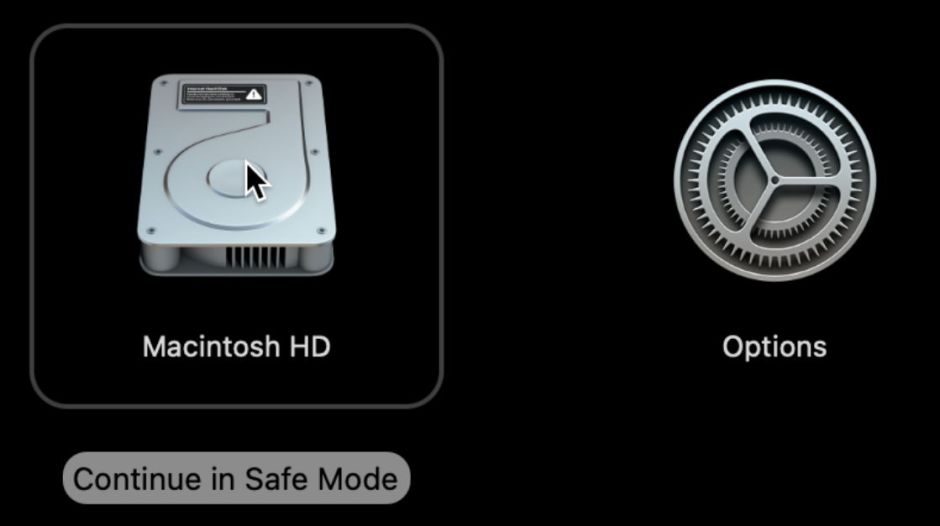macOS Sequoia 15.1 next week
Apple provided developers with two Release Candidates of macOS Sequoia 15.1 this week. Provided there are no serious problems that come to light in the second of those, it’s likely that 15.1 will be released early next week, probably on Monday 28th. This article looks at what that brings, whether it’s safe to upgrade to Sequoia yet, and what comes next.
All supported Macs
Traditionally, the x.1 update is scheduled to be released about a month after the initial upgrade to a new major version of macOS, and brings with it the first wave of bug fixes, and a few features that weren’t quite ready in time.
Although there are reports of some other bugs in Sequoia, by far the most disruptive have been those affecting networking. Apple fixed the most serious of those in 15.0.1, released on 4 October, but some have continued to experience problems. Opinion from those testing betas of 15.1 are that it does resolve all those, and for the great majority should be ready for general use, provided that third-party apps are compatible. So if you normally wait for the x.1 version to be released before considering upgrading, this should fit the bill.
Apple does provide a list of fixes for developers, although as there’s no mention of any networking problems there, I suspect this isn’t of much help to users.
Apple silicon Macs
For those whose Macs run an M-series chip, the main interest in 15.1 is the first batch of Apple Intelligence features. Over the coming months, these should include:
- Writing Tools, a suite of mainly on-device features for summarising and rewriting text.
- Image Playground, producing synthetic images such as Genmoji, again using on-device methods.
- Siri and related enhancements for user assistance, using on-device methods.
- ChatGPT access, for more general AI features using text.
- App-specific enhancement to Photos, including Clean Up, and others.
Of those, 15.1 brings Writing Tools and some other enhancements, but doesn’t bring Image Playground or ChatGPT. Although some have claimed that makes 15.1 little better, that understates the value and quality of Writing Tools for many.
Writing Tools should be accessible to pretty well any recent app that displays significant amounts of text. Although I haven’t intended the lower text view in SilentKnight to support them, Writing Tools are available there from the contextual menu (Control-click). They work great with all the text editors I have tested, including TextEdit, BBEdit, CotEditor, Pages, my Rich Text editor DelightEd, and even in my PDF viewer Podofyllin.
The initial release of Writing Tools in 15.1 does have language and regional limitations. It requires that your Mac’s primary language, as set in Language & Region settings, is set to English (US), although you can still switch to a secondary language such as English (UK) if you prefer. The other key control is in the new Apple Intelligence & Siri settings, where Siri’s language needs to be English (United States). As I don’t like Siri’s spoken interface, I have disabled that by setting the Listen for control to Off, and instead enabled a Keyboard shortcut to open Siri’s interactive window.
Apple has announced future support for non-US variants of English, and next year for other primary languages. However, Writing Tools still work excellently on British English, even that of Charles Dickens, with the settings described above.
When you have updated or upgraded to Sequoia 15.1, I suggest you download text versions of books by your favourite author(s) from Project Gutenberg and explore features in Writing Tools using those as prose sources.
Future Sequoia updates
Apple has this week released the first beta-test of Sequoia 15.2, with most if not all of the other Apple Intelligence features, including Image Playground and ChatGPT. Assuming testing proceeds well and there are no serious problems, this is likely to be released in the first couple of weeks in December. Although not confirmed yet, this should open supported languages to include most major regional variants of English.
Slated for next year is the extension of Apple Intelligence to cover French, German, Italian, Japanese, Korean, Portuguese, Spanish, Vietnamese, and others. However, these features aren’t likely to appear in the countries of the EU this year, and Apple hasn’t yet indicated when that’s expected.
For those concerned about on- and off-device AI and privacy, all the standard features of Writing Tools and Image Playground involve on-device processing, and don’t send your data to remote servers. If you choose to enable ChatGPT access, then that is handled off-device, but is opt-in, and requires a separate sign-in process to access either an anonymised free account or an existing ChatGPT account. You can also require confirmation of any Siri requests handled with ChatGPT before sending any information off-device.
Apple has already published a list of fixes in the first beta of 15.2, although it remains to be seen what it does for users.
M4 Macs
Apple has also signalled that it will be releasing new Macs next week, widely rumoured to be the first to use the M4 chip.
Summary
- Sequoia 15.1 early next week, probably on 28 October, with Writing Tools in US English, and remaining networking bug fixes.
- Sequoia 15.2 already in beta, probably for release in early December, with Image Playground, ChatGPT, and the remainder of this first wave of AI tools, including most other English variants.
- Try Writing Tools out: I think they’re wonderful.








